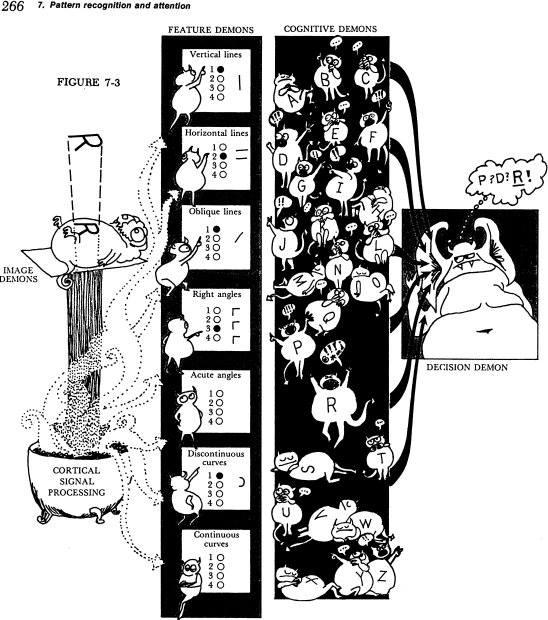Oliver Selfridge was a key figure in the realm of artificial intelligence, acclaimed for his groundbreaking concepts that greatly shaped contemporary machine learning. In 1959, Selfridge introduced the Pandemonium architecture, a framework where simple, specialized units collaborate to accomplish intricate cognitive tasks. This concept established the foundation for advancements in neural networks and machine learning technologies that are prevalent today.
The Pandemonium model was further highlighted through illustrations in the 1977 psychology textbook “Human Information Processing” authored by Lindsey & Norman. These illustrations, thought to be crafted by Leanne Hinton, although frequently uncredited, portrayed the intricacies of Selfridge’s theories in a compelling way. Some characterized these illustrations as resembling the language of a child’s nightmare, while others considered them to be welcoming depictions of the model’s demons.
Beyond his contributions to AI, Selfridge wrote four children’s books and played a part in revealing NSA surveillance activities concerning the Echelon program. Despite the extensive recognition of the Pandemonium model, the illustrator’s identity, possibly Leanne Hinton, remains somewhat mysterious, as she did not reply to inquiries to validate her involvement.
